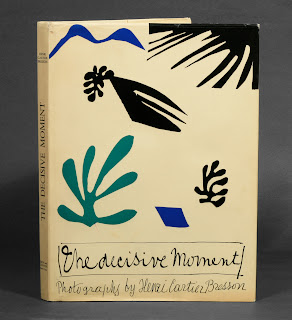This painting by John Gadsby Chapman was painted in 1839
and hangs in the U.S. Capitol Rotunda. More
than likely Chapman used Pocahontas as his subject because he had already used
her as a subject in 1836.
The year was 1613 or 1614 and Pocahontas, the daughter of
Algonkian chief Powhatan was baptized
and given the Anglican name Rebecca.
The painting marks two significant events……it might
possibly a depiction of the earliest or least one of the earliest conversion to
Christianity and along with Pocahontas’ marriage to John Rolfe created a time
of peace between the colonists and the tribes of the Tidewater region.
Look behind Pocahontas……John Rolfe is standing behind
her. Notice the various faces in the
groupings.
The painting was installed in the Rotunda in 1840 which
might seem strange since the Indian Removals were underway during that period,
but this website
explains the painting highlights the
lofty intentions of the Jamestown settlers and condemns the obstinacy of those
who can be understood as ignoble savages.
It propagates the idea of the the
noble savage in Pocahontas, one who is said repeatedly in the literature of the
19th century to have embodied Christian virtues even before she was
converted. The painting also appears to
make a case for the harsh treatment of antagonistic, unassimilated
Indians. The policy of “removal” had
begun seven years earlier, and it was apparent at the time Chapman’s work
appeared that the entire continent would soon be invaded by ambitious American
settlers.
The painting appeared on the reverse of the First Charter
$20 National Bank notes in 1863 and 1875.
Chapman created the painting in the loft of a barn on G
Street in Washington D.C. and endured several tragedies while the work was
ongoing. His son died in 1838 and his
daughter only survived ten days after being born premature. His financial situation was terrible and was
plagued by several debts. He worked on
the painting quickly so he could be paid, however, Chapman noted on his daybook
that the fee hardly covered his expenses.





